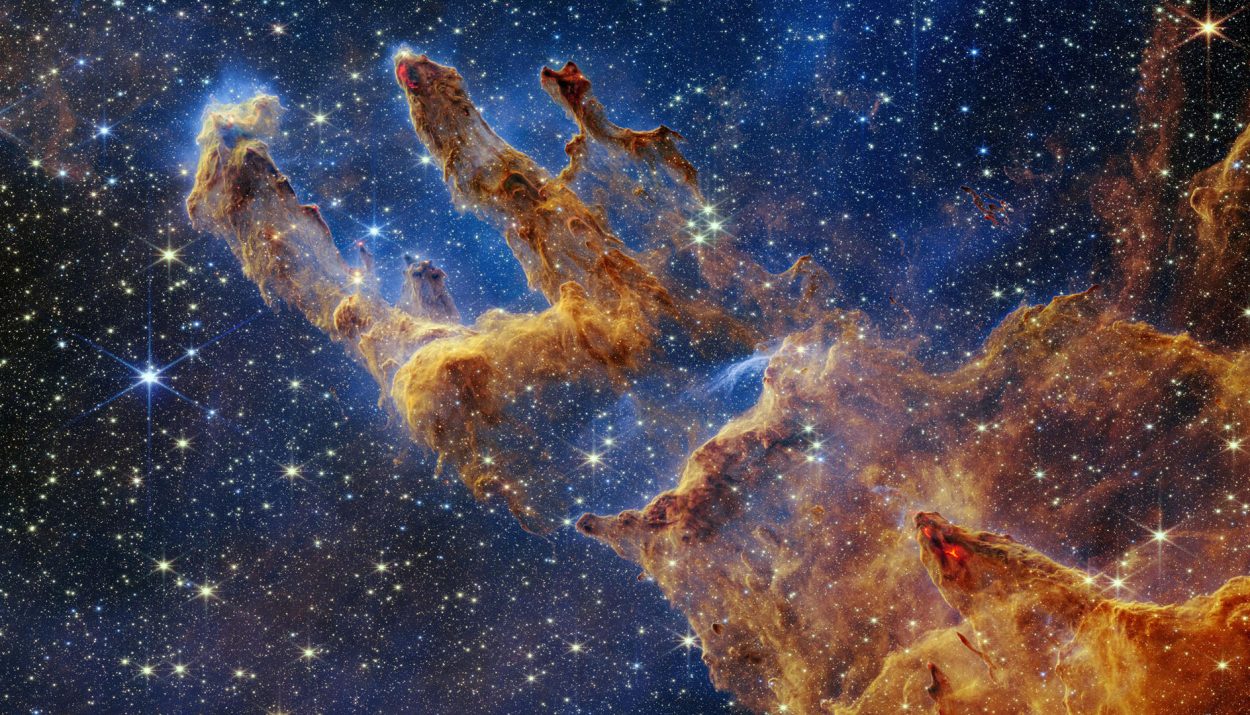In the grand scheme of things, space exploration is a relatively recent human endeavor. Despite this, astronomers and astrophysicists have discovered some pretty weird stuff lurking beyond the surly bonds of Earth.
No, so far, we have not found little green men on Mars or a secret alien base on the dark side of the moon. But we have discovered a planet made of diamonds and some nuclear pasta. And that’s just the start! Here are 17 of the most bizarre things we’ve found in outer space.
1. Black Holes
When stars experience a gravitational collapse, they form black holes. These strange and mysterious remnants have a tremendous amount of mass that has been compressed into a very small space. And they continue to add to their mass by sucking in surrounding objects.
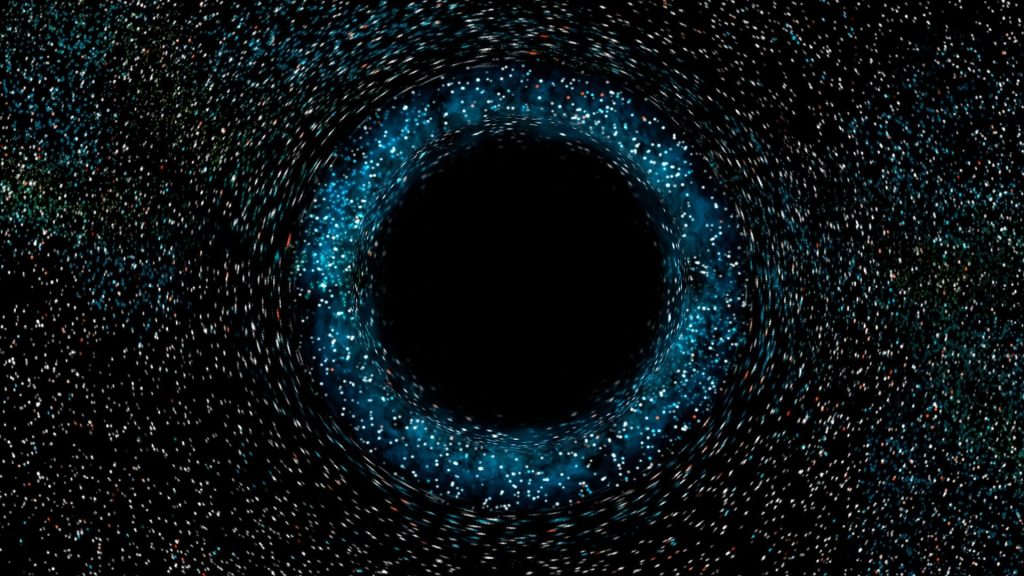
The gravitational pull of a black hole is so strong and intense that nothing can escape its clutches. Black holes come in varying sizes, each with its own surrounding boundary. If an object crosses this boundary, which is called an event horizon, it is drawn to the singularity point at the center of the black hole.
2. Oumuamua
According to NASA, Oumuamua is the first known object that has entered our solar system from another solar system. Oumuamua – a Hawaiian word meaning “a messenger from afar arriving first” – has characteristics of both an asteroid and a comet. It is a cigar-shaped object that is reddish-brown in color and is roughly one-quarter of a mile long.
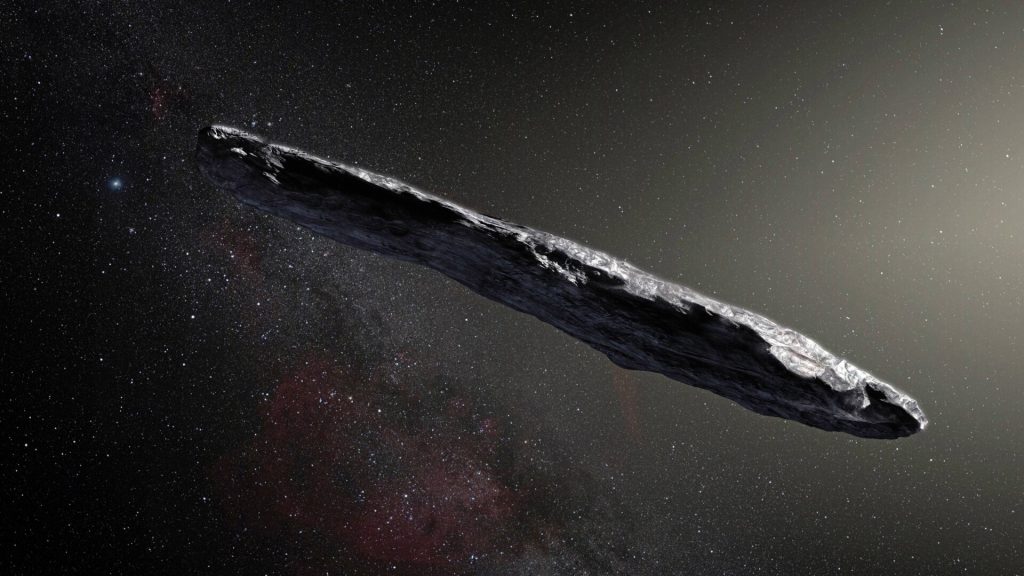
Oumuamua was spotted by astronomers at the University of Hawaii in 2017. On September 9, 2017, astronomers watched in amazement as the first known interstellar object zoomed past the Sun at an incredible 196,000 miles per hour.
3. Haumea
Haumea is a dwarf planet that, like the demoted Pluto, is orbiting in the Kuiper Belt. As far as planets and dwarf planets go, Haumea is quite unique. The first notable thing is its shape. Haumea is not round like other planets. Instead, it is oblong.
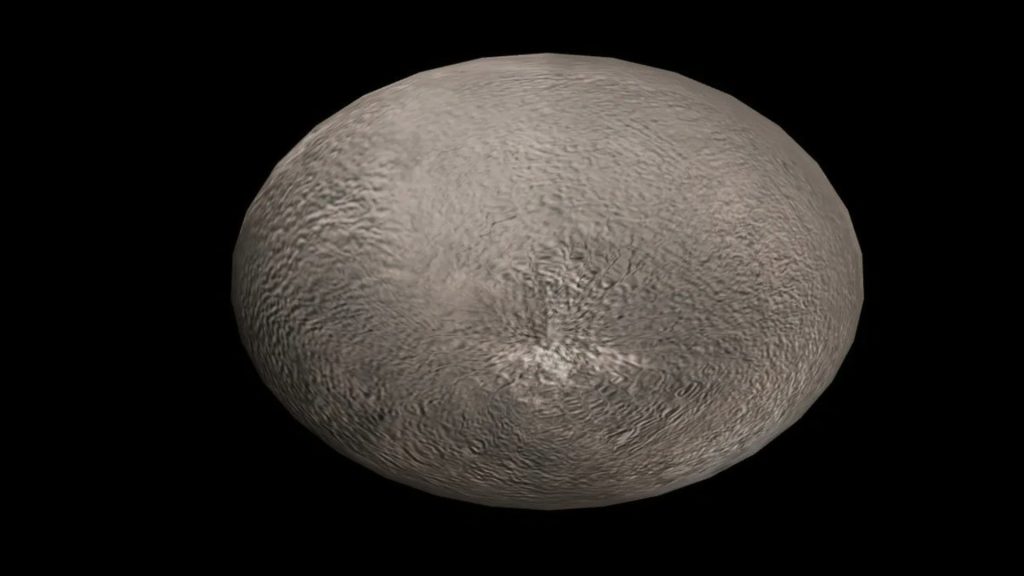
Haumea is also the farthest planet or dwarf planet in our solar system that has a ring. It is not as showy as Saturn’s rings, but nonetheless, it has a ring. Haumea also has the shortest day of any known object in our solar system. The dwarf planet takes just 3.9 hours to turn on its axis, but it takes 284 years to make one orbit around the sun.
4. FRBs
FRBs, or fast radio bursts, are super-strong, ultra-bright radio signals that astronomers have been monitoring since they were discovered in 2007. Each signal is short, lasting just a few milliseconds.
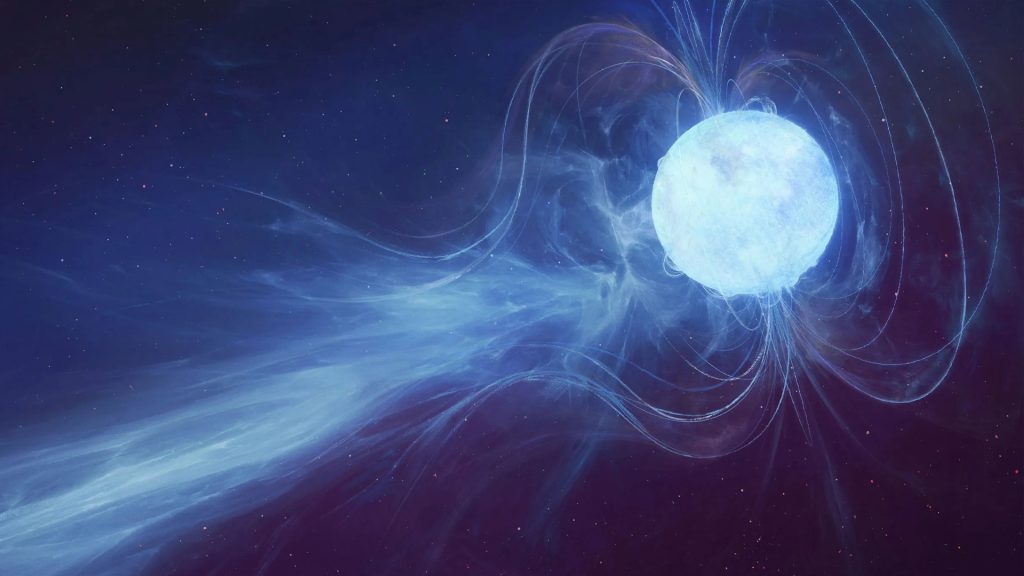
Astronomers believe that fast radio bursts are coming from a source that is billions of light years away, but they have no idea what the origin of the signals could be. They have gone on the record, however, to reassure the public that they are not being sent by alien beings.
5. Thorne-Zytkow Objects
A Thorne-Zytkow object is a celestial mash-up. It could be considered a hybrid star and is created when a collision occurs between a neutron star and a red giant. The neutron star could be a wandering star, or the collision could happen because the objects are crowded together in a cluster.
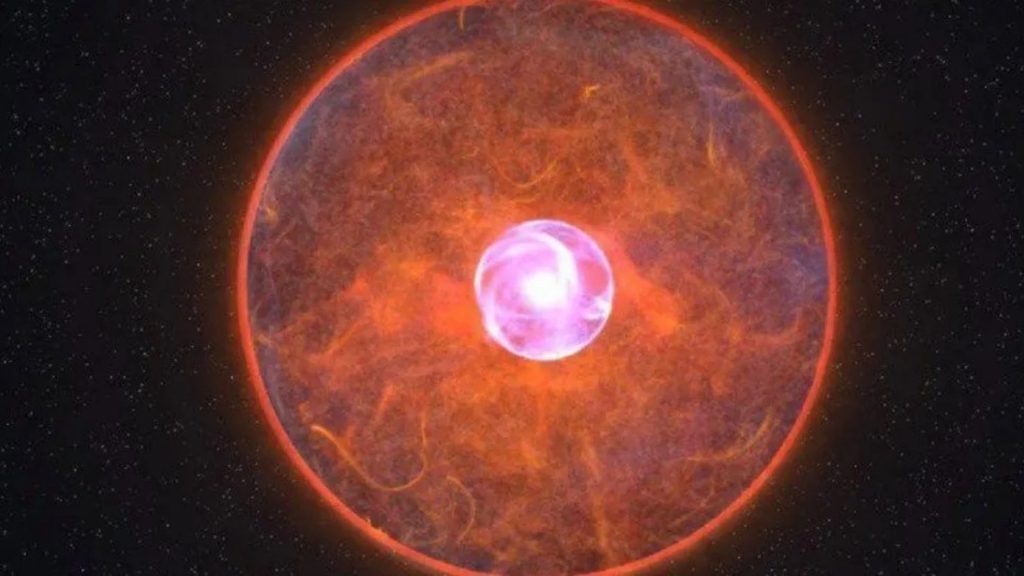
Thorne-Zytkow objects were first proposed as theoretical celestial objects by Kip Thorne and Anna Zytkow in 1977. Since then, astronomers have found two objects that are likely Thorne-Zytkow objects – star HV 2112 and star HV 11417.
6. Dark Matter
Scientists don’t know what dark matter is exactly, but they do know that it is everywhere in the universe. This unseen type of matter, in fact, is estimated to make up about 85% of the matter in the universe.
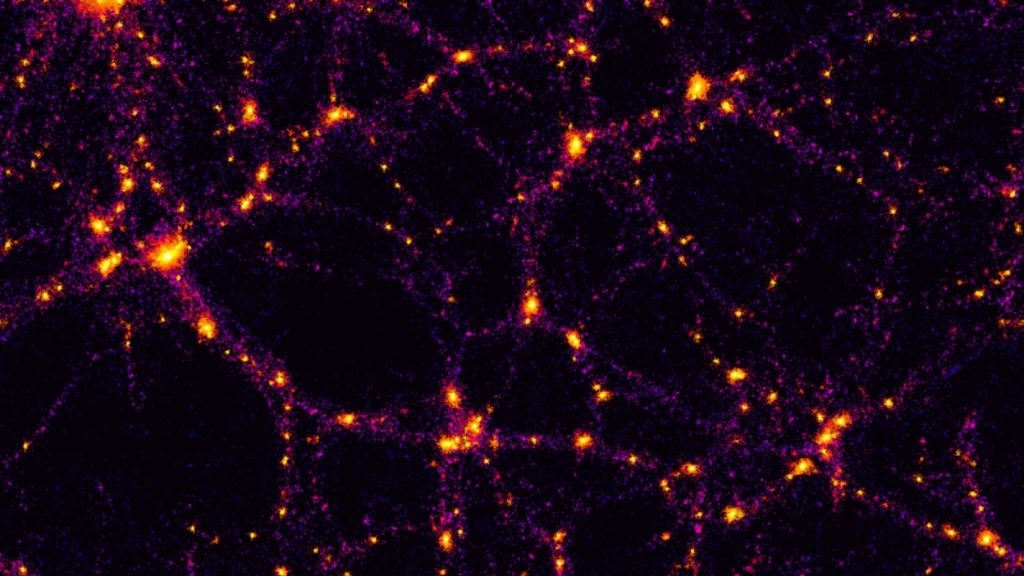
It is called “dark” matter because it does not emit light, nor does it reflect or absorb light. Astronomers believe that dark matter is the building block of the universe and that it influences the formation of galaxies. But as to what it is … that remains the biggest mystery in the universe.
7. The Galaxy Devoid of Dark Matter
As we just said, dark matter is everywhere in the universe. Except one place. In March 2018, researchers spotted an unknown galaxy that is devoid of dark matter. It has been named galaxy NGC 1277 and was found by Sebastien Comeron and a team of researchers from the University of La Laguna.
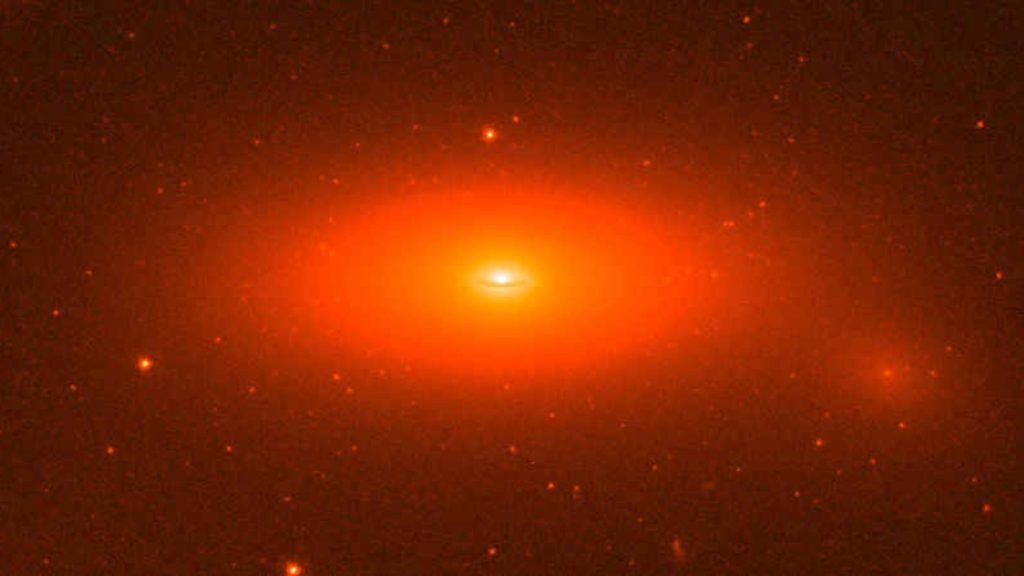
For astronomers and astrophysicists, galaxy NGC 1277 is puzzling. As Comeron explained, “This does not fit in with the currently accepted cosmological models, which include dark matter.”
8. The Rogue Aurora Planet
Rogue planets are not lawless outpost planets where roughneck aliens from across the universe gather for drinks at space bars. Instead, they are planets that have been pulled away from their parent star by some strong gravitational forces.
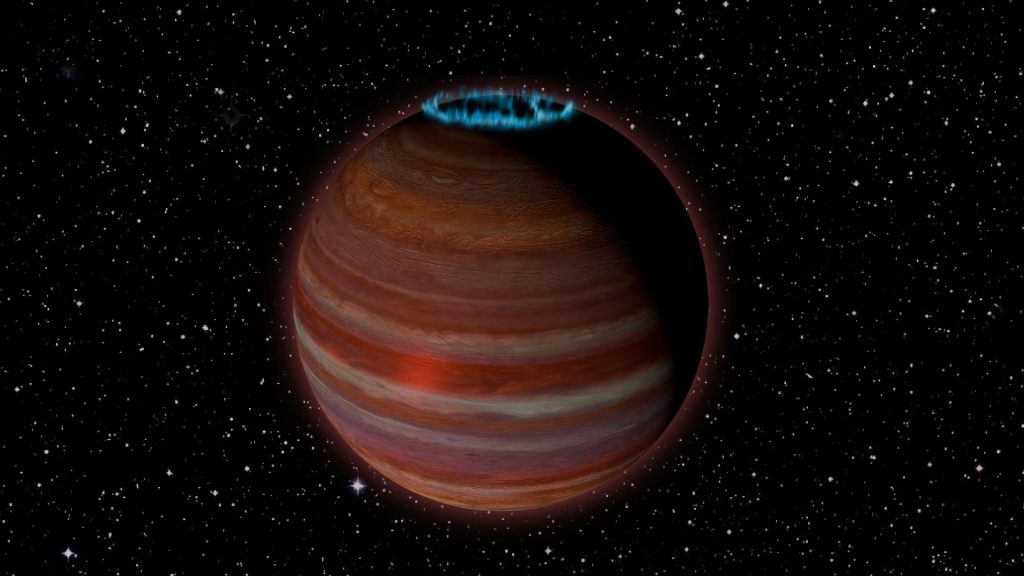
One impressive rogue planet, with the catchy name of SIMP J01365663+0933473, has an extraordinarily strong magnetic field. The result? Vibrant auroras can be seen continually flashing across its atmosphere.
9. 3200 Phaethon
A truly strange asteroid, 3200 Phaethon was first observed in 1983. Because its orbit takes it closer to the Sun than any other named asteroids, it was given the name Phaethon, after the Greek god who was the son of Helio, the Sun god.
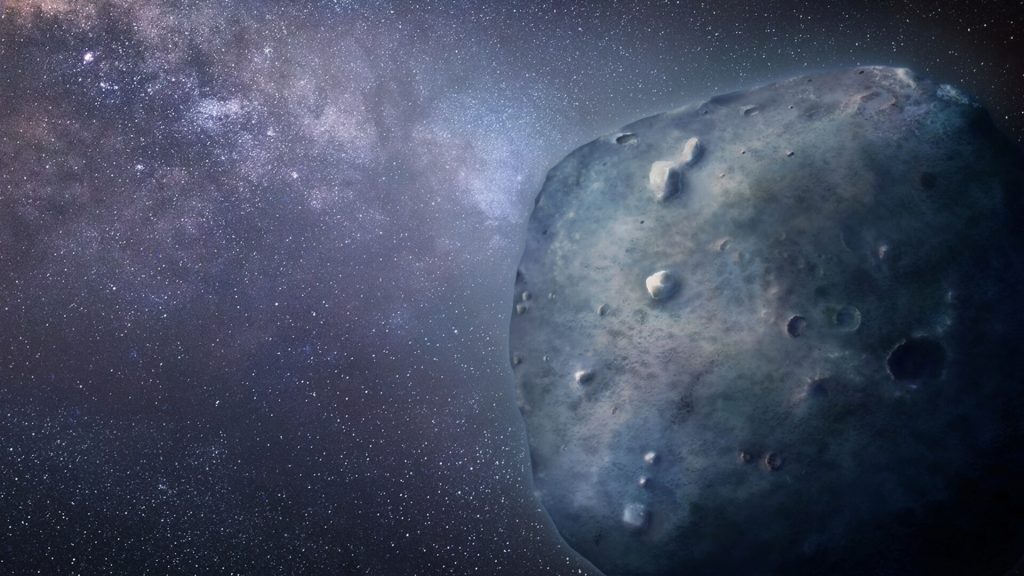
One of the oddest celestial bodies in our solar system, 3200 Phaethon is a three-mile-wide rock that, while technically an asteroid, behaves more like a comet. It follows a bizarre orbit that is both extremely elliptical and extremely inclined.
10. Nuclear Pasta
When stars die, they leave behind nuclear pasta. The star’s protons and neutrons fuse together, and, under extreme gravitational pressure, they are squeezed into long tendrils.
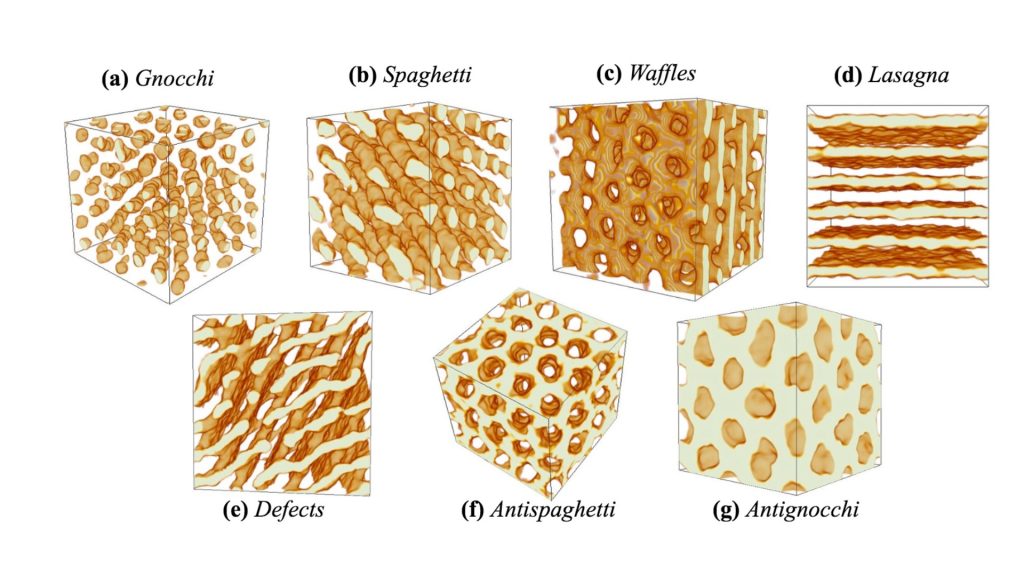
Nuclear pasta is shaped like tangled spaghetti noodles, but they are much, much stronger than cooked pasta. In fact, nuclear pasta is the strongest substance in the universe. How strong is it? Imagine the force needed to snap steel. Now multiply that force by about 10 billion. That’s how strong nuclear pasta is.
11. Galactic Cannibalism
It sounds awfully horrific, but according to astronomers, galactic cannibalism happens frequently. When a large galaxy merges with a smaller one, thanks to gravitational forces, this is an act of galactic cannibalism … one galaxy eats another.
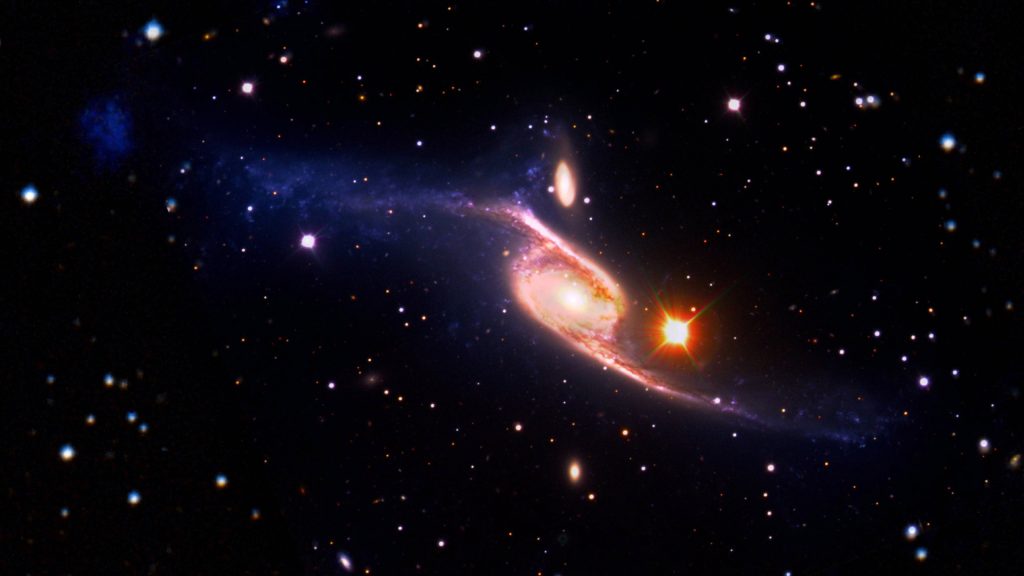
Astronomers have observed the after-effects of galactic cannibalism. The merger of the two galaxies resulted in the creation of millions of new stars. Some scientists have even suggested that our own galaxy was formed as a result of galactic cannibalism.
12. The Pillars of Creation
Back in 1920, John Charles Duncan used the Mount Wilson Observatory’s 60-inch telescope to peer into the edges of the universe. There, he spied some odd, wispy “elephant trunks” that were manufacturing new stars from space gas and duct. Duncan called these the Pillars of Creation.
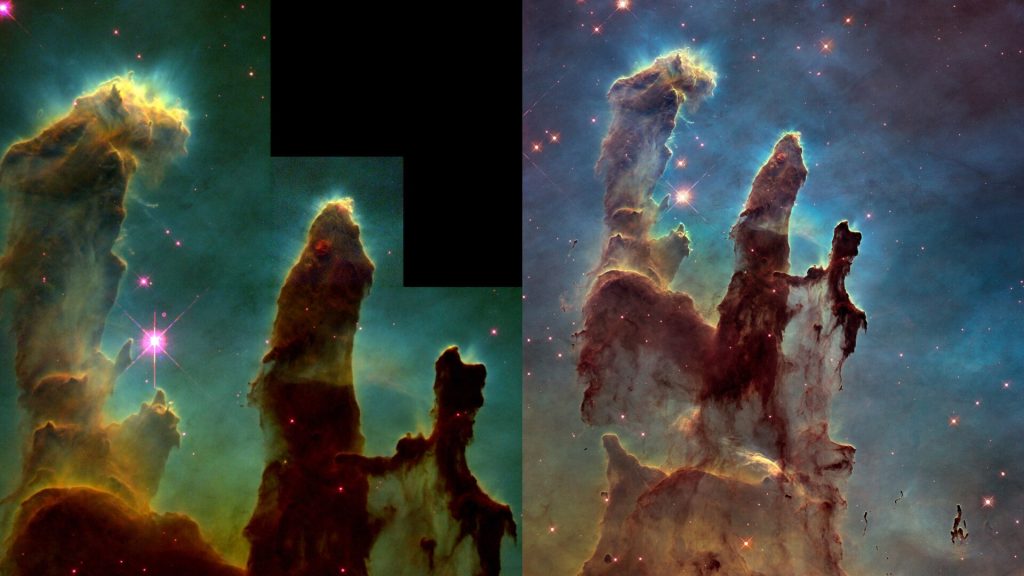
The Pillars of Creation were photographed by the Hubble Space Telescope in 1995, by the Herschel Space Observatory in 2011, and by the James Webb Space Telescope in 2022. Each image is more spectacular than the last.
13. Space Skull
Arp-Madore 2026-424 is known by another name … the space skull. And it is easy to see why. The Hubble Space Telescope captured this image of what appears to be a ghostly apparition with a pair of glowing eyes.
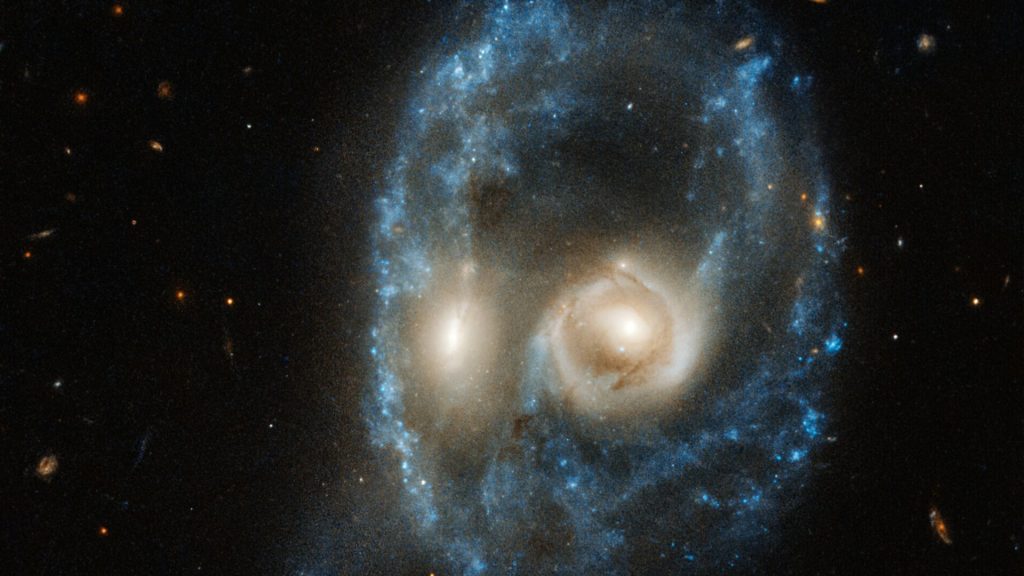
In reality, Arp-Madore 2026-424 is the slow-motion collision between two galaxies. Located 704 million light-years from Earth, the collision occurring here will take between one and two billion years to complete.
14. Planet of Diamonds
Scientists from Yale University announced in 2012 that they had identified a planet made of diamonds. Called 55 Cancri e, this planet is located 40 light years from Earth. It orbits very close to its sun and therefore, it experiences extreme heat and pressure.

On Earth, we know that diamonds are created when carbon is put under extreme pressure, causing it to crystalize. The same thing happens on 55 Cancri e. The carbon on this planet has been converted into diamonds. How many diamonds, you ask? NASA estimates that the diamonds on 55 Cancri e are worth about $26.9 nonillion. In case you are wondering, that amount has 20 zeros behind it.
15. A Neutrino Beacon
Neutrinos – subatomic particles that are like electrons but are not electrically charged – frequently strike our planet. In fact, there is a dedicated observatory in Antarctica, the IceCube Neutrino Observatory, that monitors these bursts of energy.
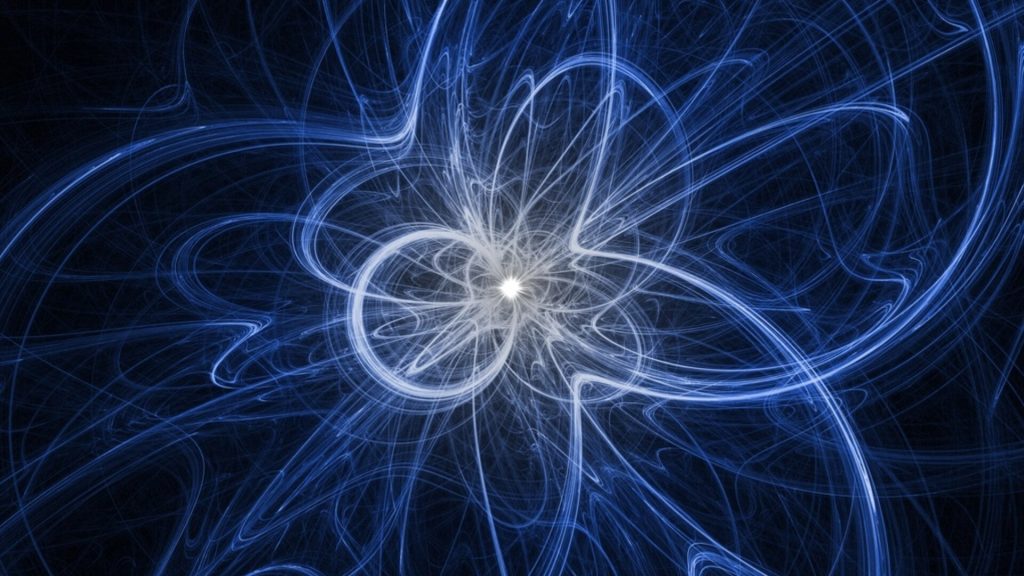
One such neutrino that hit Earth on September 22, 2017, carried with it enough energy for astronomers to track it back to its place of origin. Or, rather, its time of origin. They determined that this neutrino originated four billion years ago by a massive black hole.
16. Magnetars
NASA refers to magnetars as the “superheroes of the star world.” That’s because these types of stars are in a class by themselves. They have massive magnetic fields. They are, in fact, more than a trillion times more magnetic than our own Sun.

To date, only about a dozen magnetars have been discovered. Some of them appear to have lost some of their magnetism over time. More research is needed, but it could be that magnetars are a flash in the pan.
17. An Infrared Stream
Most neutron stars – super dense celestial objects that are created after a regular star dies – emit high-energy radiation, but these pulses of energy come and go. In September 2018, however, astronomers spotted a neutron star about 800 light-years away from Earth with a long, steady stream of infrared light coming from it.
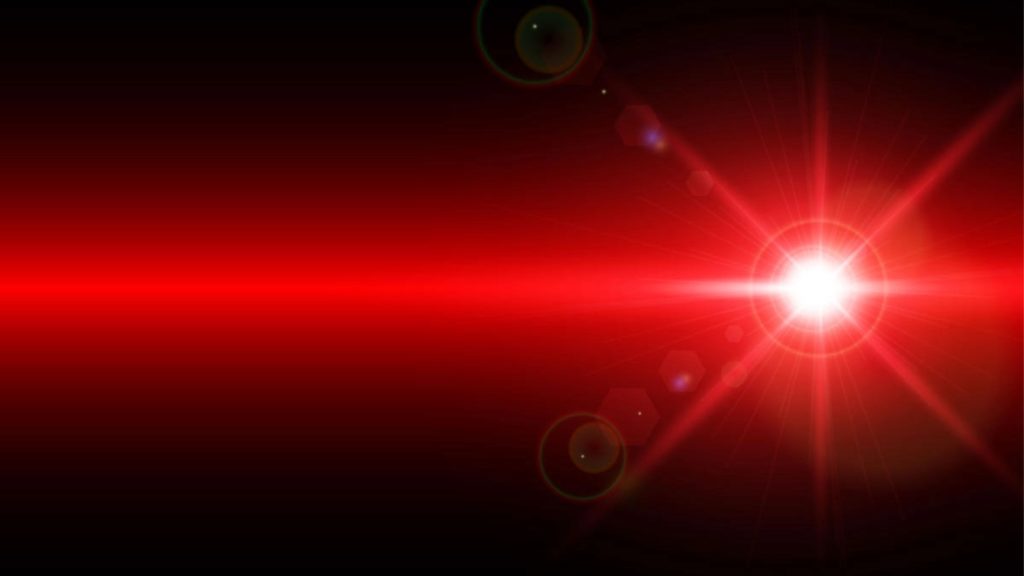
Astronomers are baffled by this one-of-a-kind discovery. This much infrared radiation is quite unusual. According to Bettina Posselt, a research professor at Penn State University’s astronomy and astrophysics department, said, “All of the emission in infrared we see is likely not coming from the neutron star itself. There’s something more.” But what?

